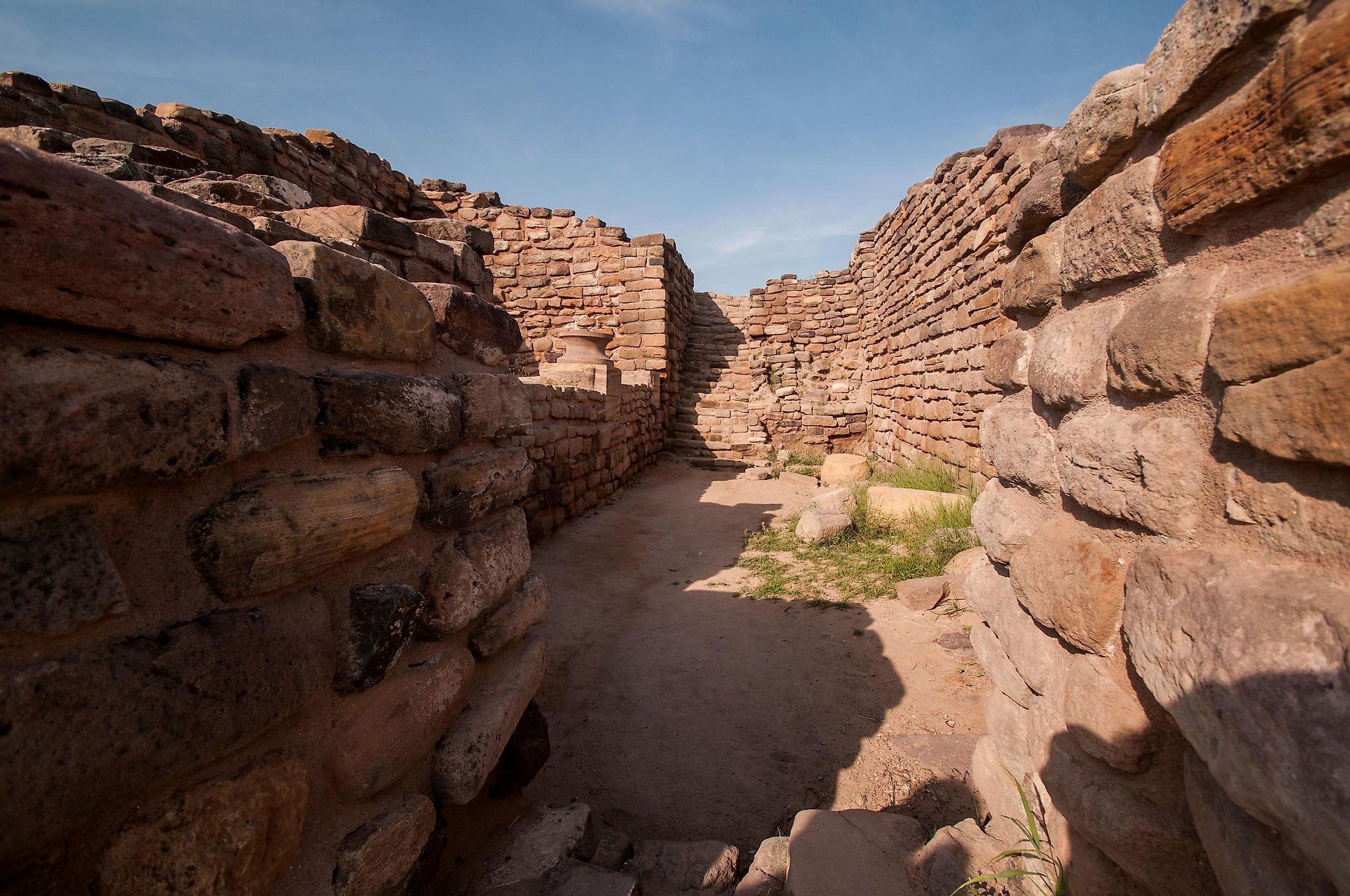
Why Is The Harappan Civilization So Important In Today’s World?
The Harappan Civilization, also known as the Indus River Valley Civilization, was a mighty and prosperous society that endured from 3300 to 1300 BCE. Though not as celebrated as the Roman, Greek, or Egyptian civilizations, the Harappan Civilization reached from modern-day northeast Afghanistan to Pakistan and northwest India, covering about 1.25 million square kilometers. The Harappan Civilization fell due to environmental changes. But with new discoveries, scientists are shedding light on the importance of the Harappan society and how it changed the history of South Asia and beyond.
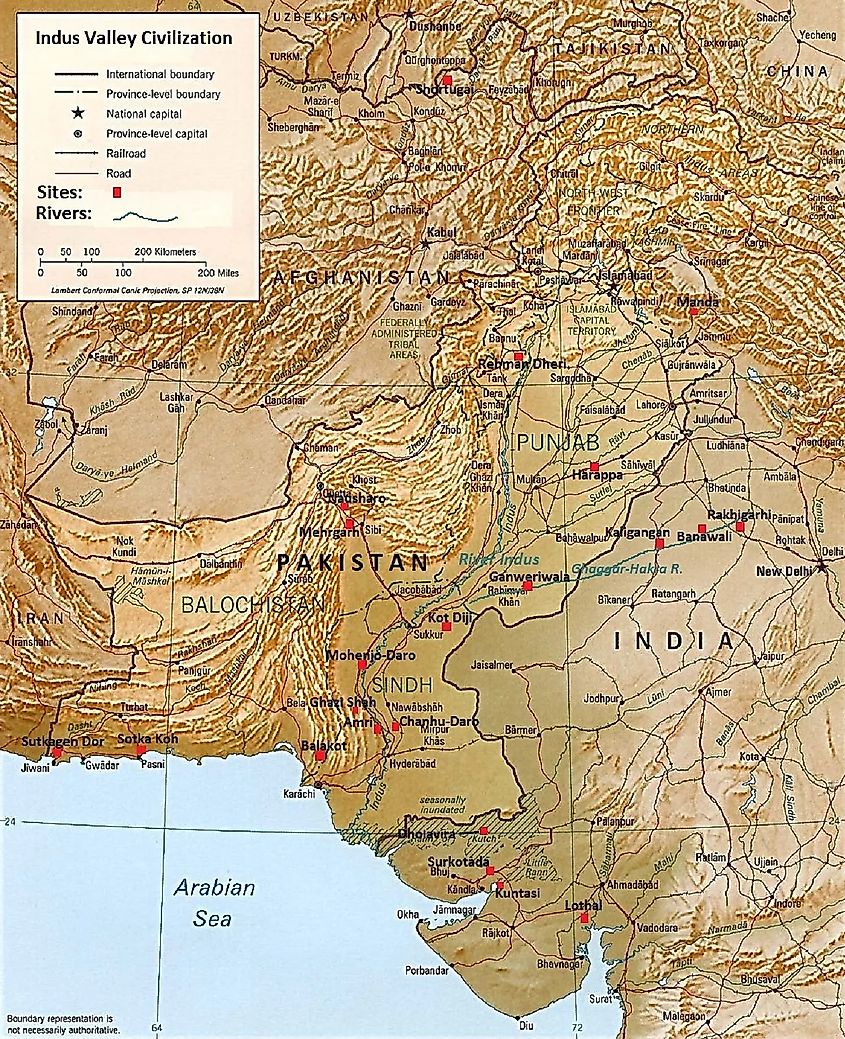
Urban Planning and Social Structure
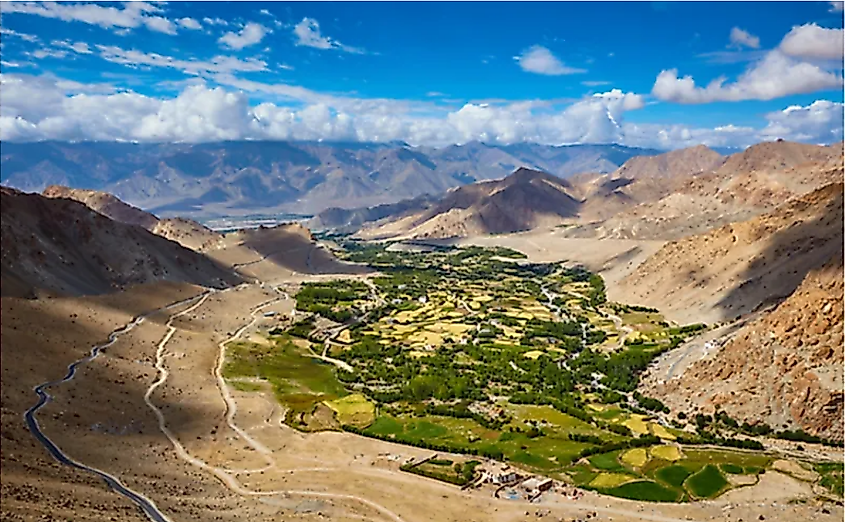
Before the discovery of Harappan cities, scholars assumed that Indian civilization began in the Ganges valley as Aryan immigrants from Persia and Central Asia populated the region around 1250 BCE. But when British excavations and railway constructions during the 1920s uncovered ruins in Harappa—a region in modern-day Pakistan— historians began to shift their understanding of Indian history. A settlement named Mehrgarh, located in modern-day Baluchistan, is the likely origin of the Harappan Civilization, with evidence dating as far back as 7000 BCE.
Early Harappan communities had developed into large urban centers by 2600 BCE. In total, more than 1,052 cities and settlements have been found, mainly in the general region of the Indus River and its tributaries. These cities included Harappa and Mohenjo-daro in Pakistan. Mohenjo-daro was not only the largest city of the Indus Valley Civilization but also one of the world’s earliest major urban centers at the time. Likewise, Harappa, a fortified city, was home to as many as 23,500 residents living in sculpted houses with flat roofs constructed of red sand and clay.
Architecture and Agriculture
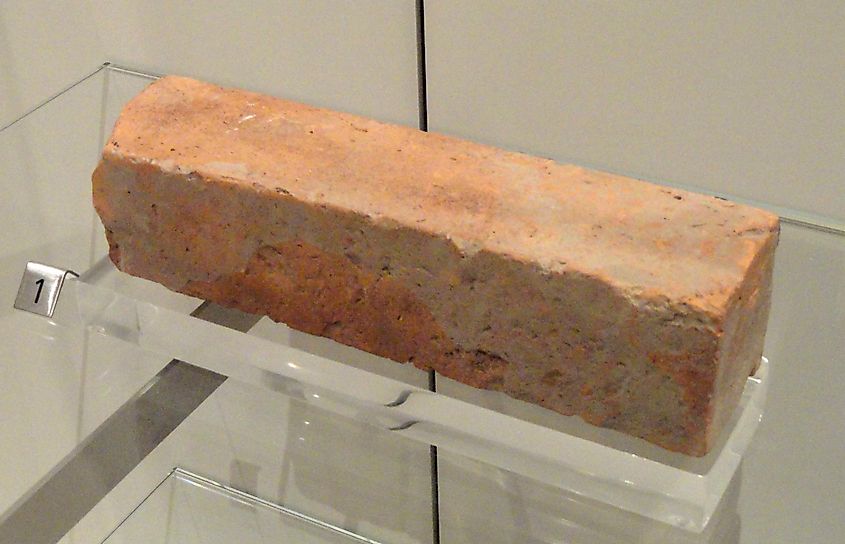
Harappan architecture and agriculture are testaments to their technological prowess. Fire-baked bricks—uniform in size and moisture-resistant—are evidence that Harappans were among the first to develop a system of standardized weights and measures. The consistency of brick size across cities also suggests unity across the various urban areas and mass production. The Harappans also employed the Mesopotamian model of irrigated agriculture in the spacious and fertile Indus River. They constructed granaries, irrigation canals, and other structures out of brick to support an ever-growing population. These innovations enabled the Harappans to grow wheat, six-row barley, field peas, mustard, sesame, and a few date stones. Dogs, cats, cattle, domestic fowl, and possibly pigs, camels, buffalo, and the Asian elephant were domesticated for agricultural or communal uses.
Cultural and Technological Innovations
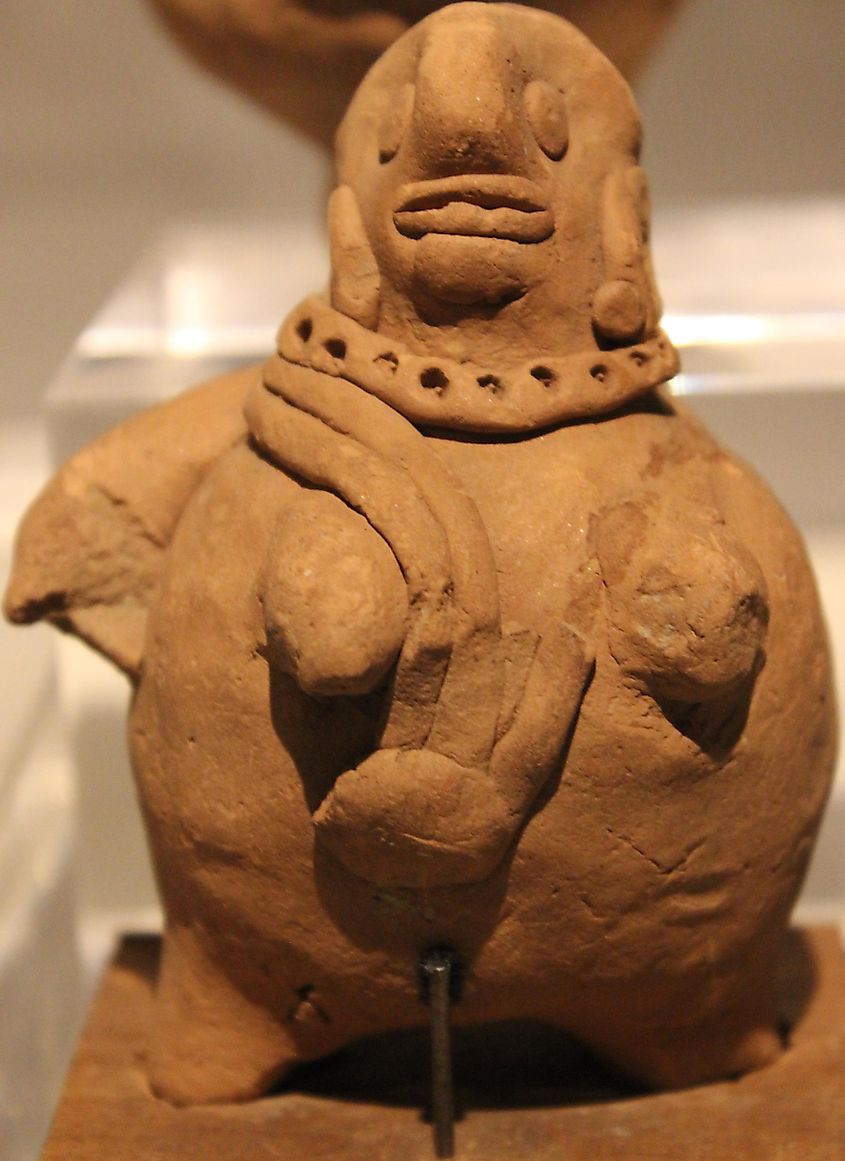
No concrete evidence of temples can be found in the Indus Valley Civilization, making it difficult to understand the Harappans' religion. However, Harappan artworks provide insight into the Indus people's religious attitudes. The majority of the terracotta and bronze Harappan sculptures are of standing women often wearing jewelry. Some scholars think these images may represent a fertility goddess. Standing men are often depicted with beard and horns. These images may represent other deities, monsters, or servants. These Harappan terracotta and bronze sculptures are all well-carved, intricate, and sophisticated pieces.
There is also evidence that Harappan pottery was mass-produced: a substantial proportion is thrown on foot wheels. The majority of the pottery is well-formed and fired but lacks intricate designs, likely serving utilitarian purposes. The Harappans also displayed skills in metallurgy. They smelted copper and bronze, the principal metals used for making flat oblong axes, chisels, knives, spears, arrowheads, small saws, and razors. They also worked on gold, silver, and lead.
The Harappan Civilization developed a highly standardized system of weights and measures that was used extensively across their urban centers. These weights were typically made of chert and were cubical in shape, reflecting a binary and decimal system. The uniformity of these weights across different sites indicates a sophisticated level of trade regulation and economic management. This standardized system facilitated not only local commerce but also trade with distant regions, showcasing the advanced administrative capabilities of the Harappan society.
Trades and Travels
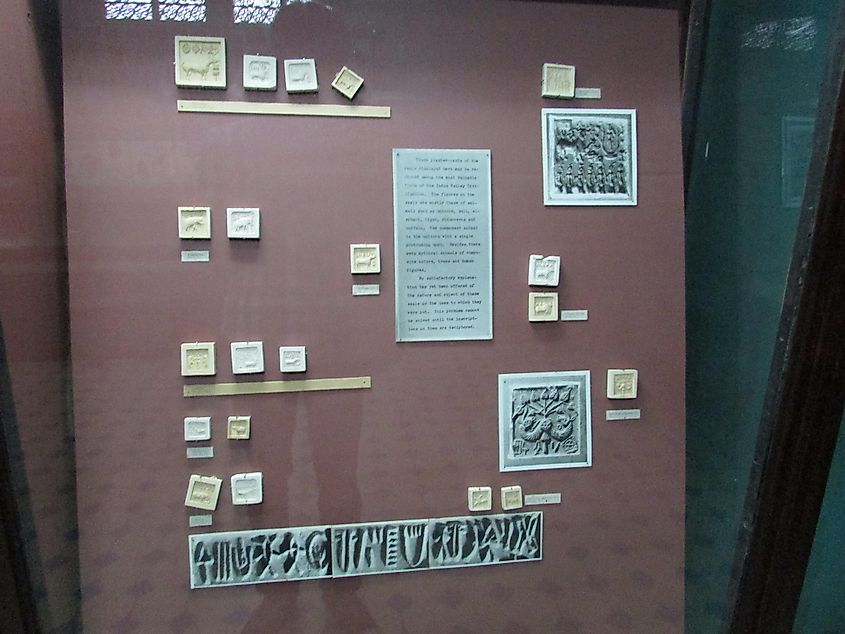
In the Harappan Civilization, trade was extensive and well-regulated. Imported raw materials were used to mass-produce Harappan pottery, bricks, and other materials. Finished goods were distributed throughout the region. These features suggest an integrated and competent administration. Remnants of Harappan exports are not easy to find, but the discoveries of almost identical bronze carts and chert blades at Chanhu-daro and Harappa all point to trade between communities.
There is both literary and archaeological evidence of trade with Mesopotamia. The Harappan symbols were used to seal bundles of merchandise, as clay seal impressions with cord or sack marks on the reverse side testify. Some of these Indus Valley seals show a swastika symbol, a popular motif among Indian religions like Hinduism, Buddhism, and Jainism. Many of these seals also depict the forms of animals: some are shown to be carried in processions, while others depict hybrids between species. One seal from Mohenjo-daro, for example, shows a half-human, half-buffalo monster attacking a tiger. This picture may be a reference to the Sumerian myth of a monster created by Aruru, the Sumerian earth and fertility goddess, to fight Gilgamesh, the titular hero of a Mesopotamian epic. If this is true, it reinforces the thought of international exchanges of ideas, stories, and goods between Harappan culture and others. It also shows that the Harappans labeled their goods to distinguish their own products from others when trading with Mesopotamian cities.
Language and Thoughts
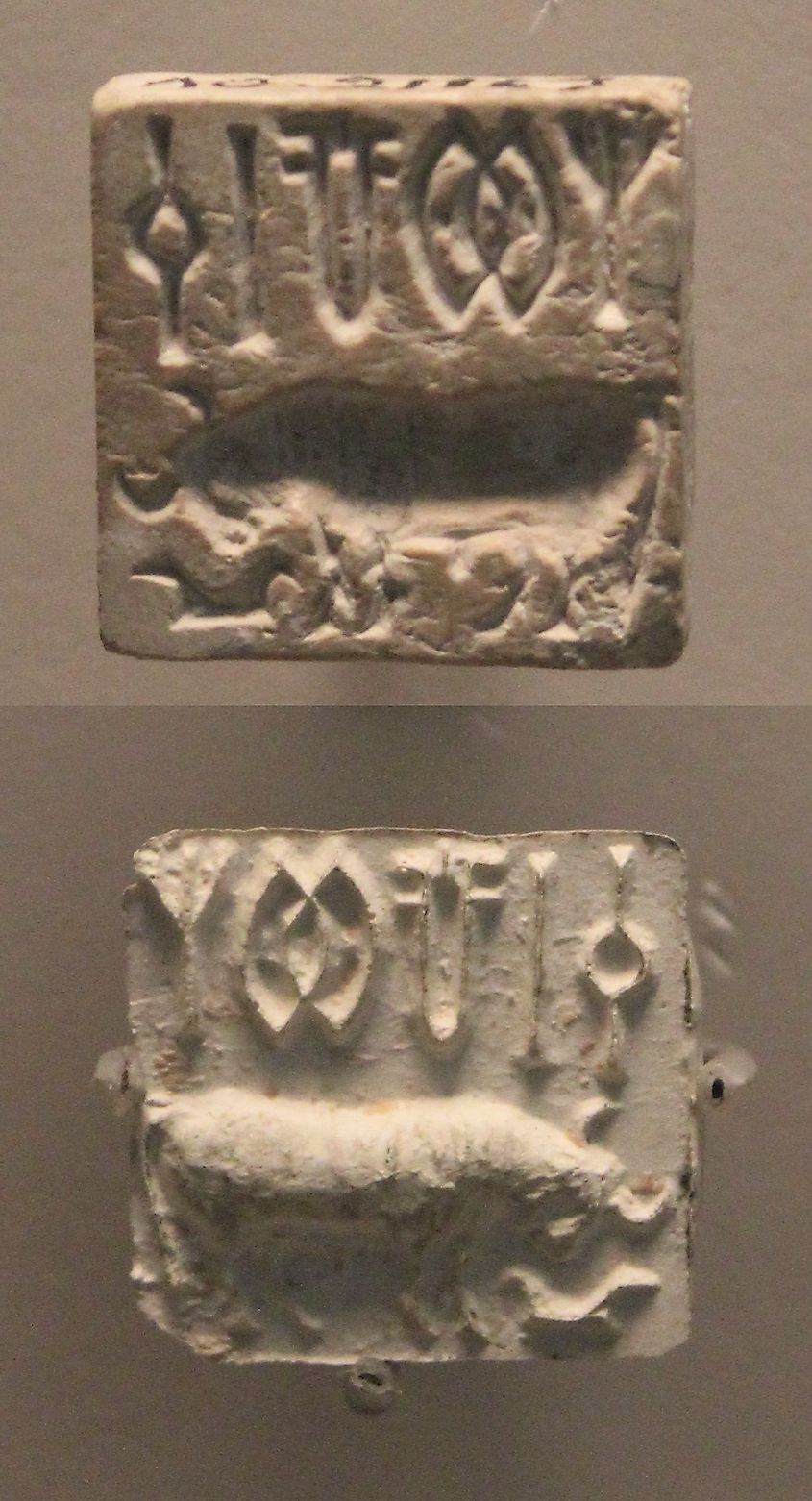
At Harappa, an assortment of written texts on clay and stone tablets, carbon-dated to 3300-3200 BCE, contain trident-shaped, plant-like markings. These indicate that the Harappans used the Indus Script; as many as 600 distinct Indus symbols have been found on seals, small tablets, ceramic pots, and more than a dozen other materials. Typical Indus inscriptions are no more than four or five characters in length. The longest on a single surface, which is less than 1 inch square, is 17 signs long. The characters are largely pictorial but include many abstract signs. This particular portrayal of Indus Script suggests that a written language developed independently in the Indus River Valley Civilization from scripts seen in Mesopotamia and Egypt. Unfortunately, without a “Rosetta Stone” to use as a comparison with other writing systems, the symbols have remained indecipherable to linguists and archaeologists. This has prevented archeologists from learning new facts about the Harappan Civilization.
Climate and Collapse
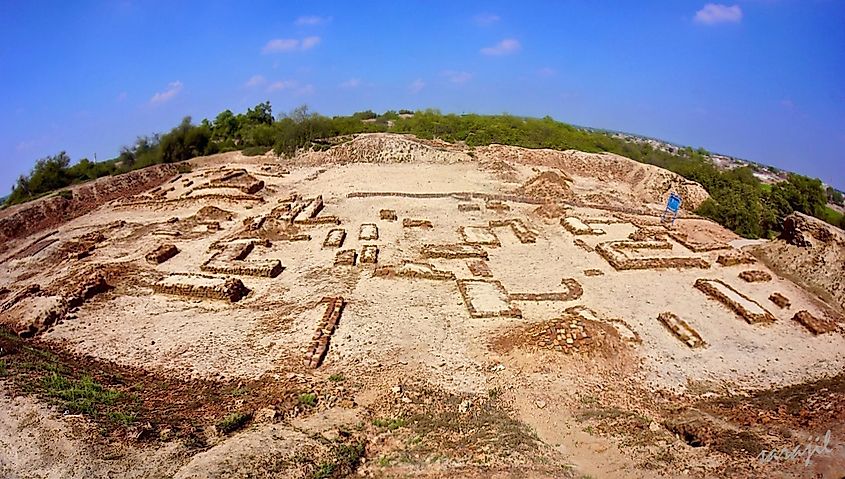
Starting approximately in 2500 BCE, a shift in temperatures and weather patterns over the Indus Valley caused summer monsoon rains to dry up, making agriculture difficult or impossible near Harappan cities. At the time, a “new ice age” was settling in, forcing colder air down from the Arctic into the Atlantic and northern Europe. Consequently, storms spread into the Mediterranean, leading to an upswing in winter monsoons over the Indus Valley. In the Himalayan foothills, moisture and rain were rare, and as winter storms from the Mediterranean hit the Himalayas, they caused precipitation on the Pakistan side rather than on the Indus. By 1800 BCE, the Harappan Civilization had abandoned their cities, moving instead to smaller villages in the Himalayan foothills in search of more fertile pastures.
These small communities would not have been able to produce the same agricultural surpluses to support large cities. With the reduced production of goods came a contraction in trade with Egypt and Mesopotamia. This led to economic and technological decline. The Harappan Civilization splintered as new communities formed, often drawing elements from Iran and the Caucasus. Other groups were invaded and destroyed. For many centuries, urban civilization withered in the northwest of the Indian subcontinent.
Relevance in Today’s World
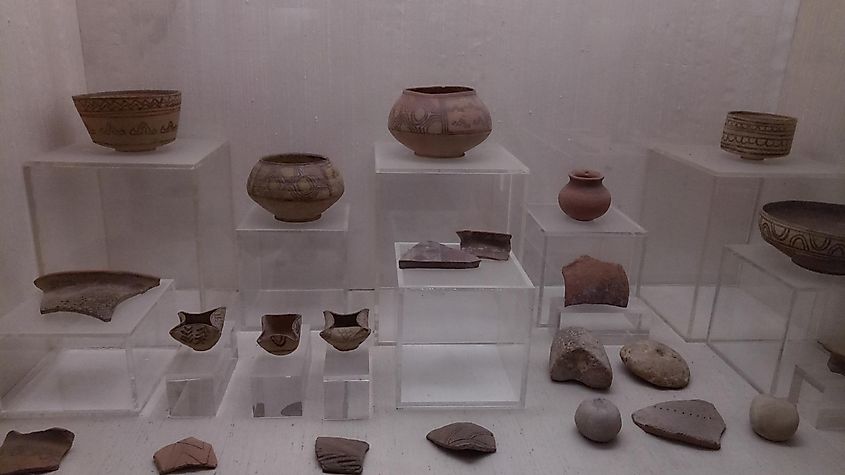
The ancient Harappan civilization was defeated by an adversary that continues to challenge modern humans: climate change. Despite centuries of technological development and economic growth, environmental shifts made it impossible for the Harappans to sustain their settlements. People today can learn from the struggles of the ancient Harappans in adapting.
The Harappan Civilization was advanced and influential. Its technical accomplishments surpassed many of its contemporaries. The uniformity of weights and measures enabled this civilization to mass-produce bricks, pottery, and other works. Their granaries, irrigation canals, and other infrastructure enabled the growth of Harappan settlements. These innovations imply political and administrative control over the fertile Indus lands. Further, the widespread occurrences of Indus Scripts and antique products bearing Indus seals across Mesopotamia and India indicate a single lingua franca over distant swathes and territories. But for all their advancements, they were unprepared for an unpredictable climate, ultimately leading to the splintering of the Harappan Civilization.











